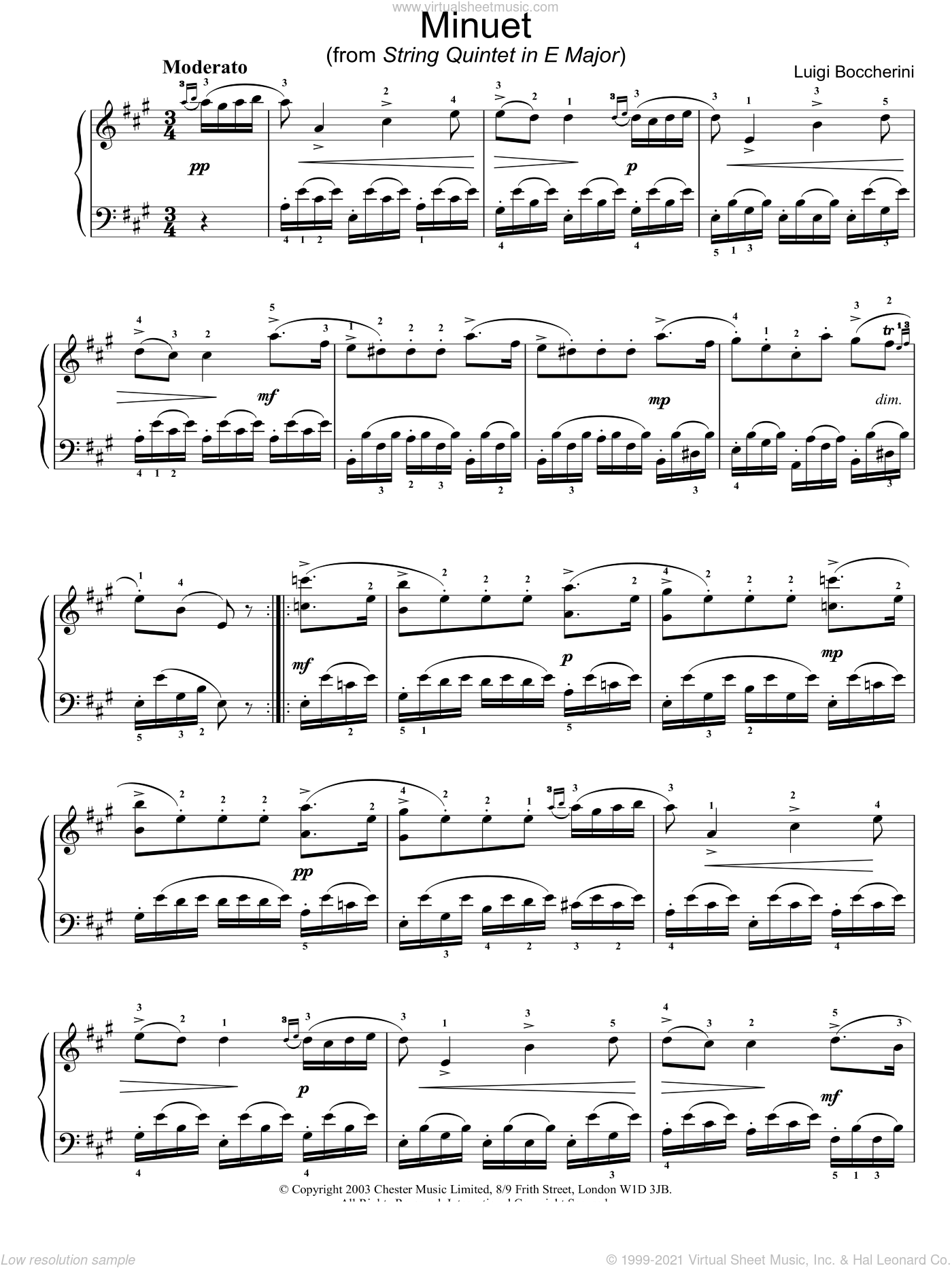

Much of Boccherini's chamber music follows models established by Joseph Haydn however, Boccherini is often credited with improving Haydn's model of the string quartet by bringing the cello to prominence, whereas Haydn had frequently relegated it to an accompaniment role. Michael in Madrid until 1927, when his remains were repatriated and buried in the church of San Francesco in his native Lucca.īoccherini playing the cello.

His body lay buried in the Pontifical Basilica of St. He died in Madrid in 1805, survived by two sons. Boccherini fell on hard times following the deaths of his Spanish patron (1785), his two wives (17), and his four daughters (1796, 18). Later patrons included the French ambassador to Spain, Lucien Bonaparte (1775–1840), as well as King Friedrich Wilhelm II of Prussia (1744–1797), himself an amateur cellist, flautist, and avid supporter of the arts. Then he accompanied Don Luis (the Infante) to Arenas de San Pedro, a little town in the Gredos Mountains in Ávila there and in the nearest town of Candeleda Boccherini wrote many of his most famous works. The composer, no doubt irritated with this intrusion into his art, doubled the passage instead, which led to his immediate dismissal. There, Boccherini flourished under royal patronage, until one day when the King expressed his disapproval at a passage in a new trio, and ordered Boccherini to change it. In 1761 Boccherini went to Madrid, entering in 1770 the employ of Infante Luis Antonio of Spain (1727–1785), younger brother of King Charles III of Spain. In 1757 Luigi Boccherini and his father both went to Vienna, where the court employed them as musicians in the Burgtheater. When his son reached thirteen, Leopoldo Boccherini sent him to study in Rome with Giovanni Battista Costanzi. Luigi received his first music lessons at age five by his father, who taught him cello, and then continued his studies at age nine with Abbé Vanucci, music director of a local cathedral, at San Martino. He was the third child of Leopoldo Boccherini, a cellist and double-bass player, and the brother of Giovanni Gastone Boccherini, a poet and dancer who wrote librettos for Antonio Salieri and Joseph Haydn.

At the time of this composition, Boccherini had been writing string quartets for about ten years. This string quintet is a “cello quintet” in that it is scored for a string quartet (two violins, viola, cello) with a second cello as the fifth instrument.


 0 kommentar(er)
0 kommentar(er)
